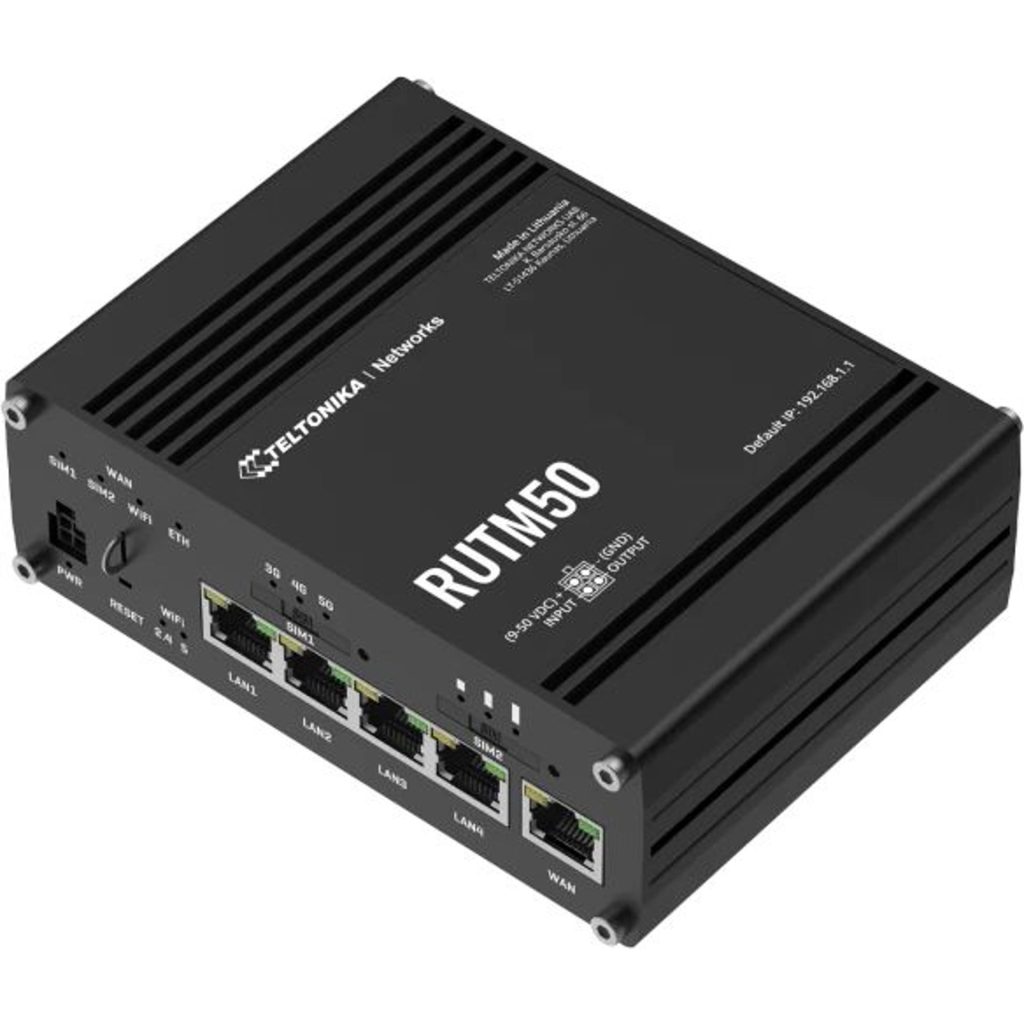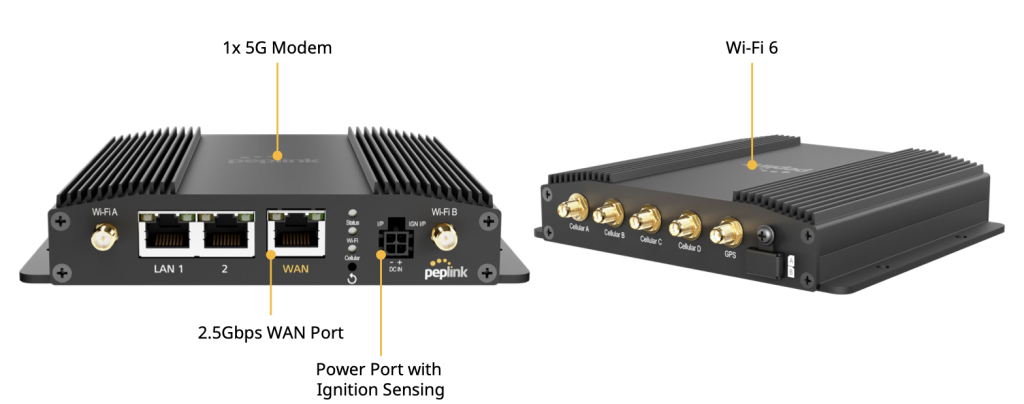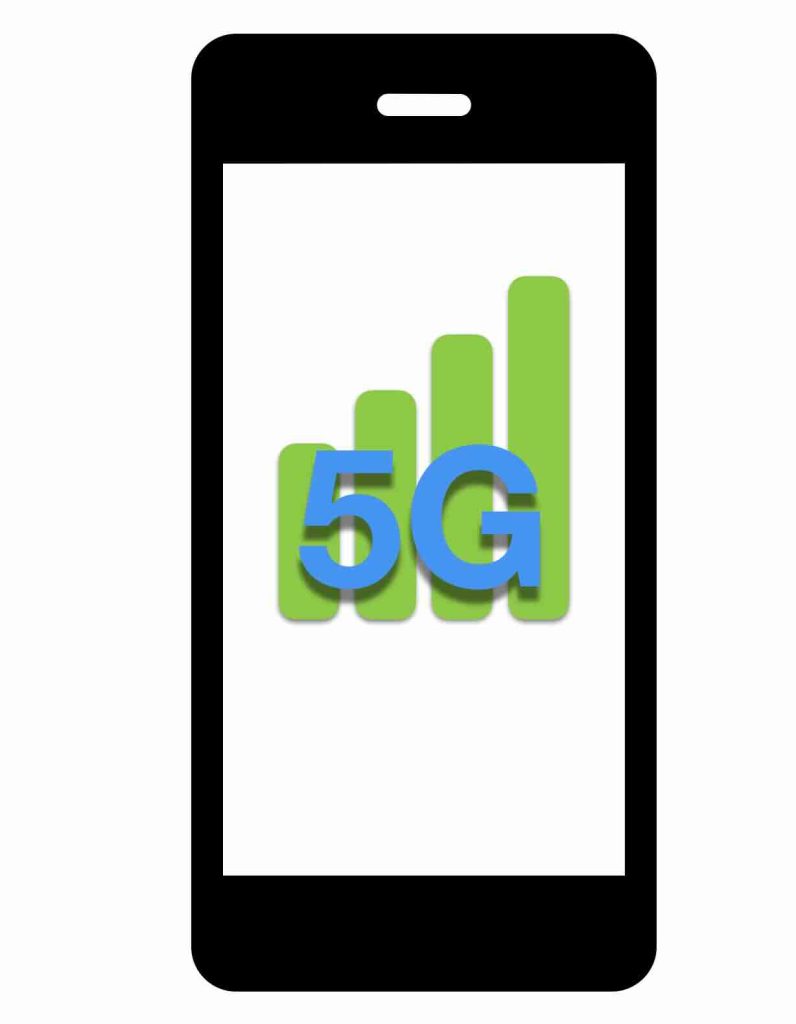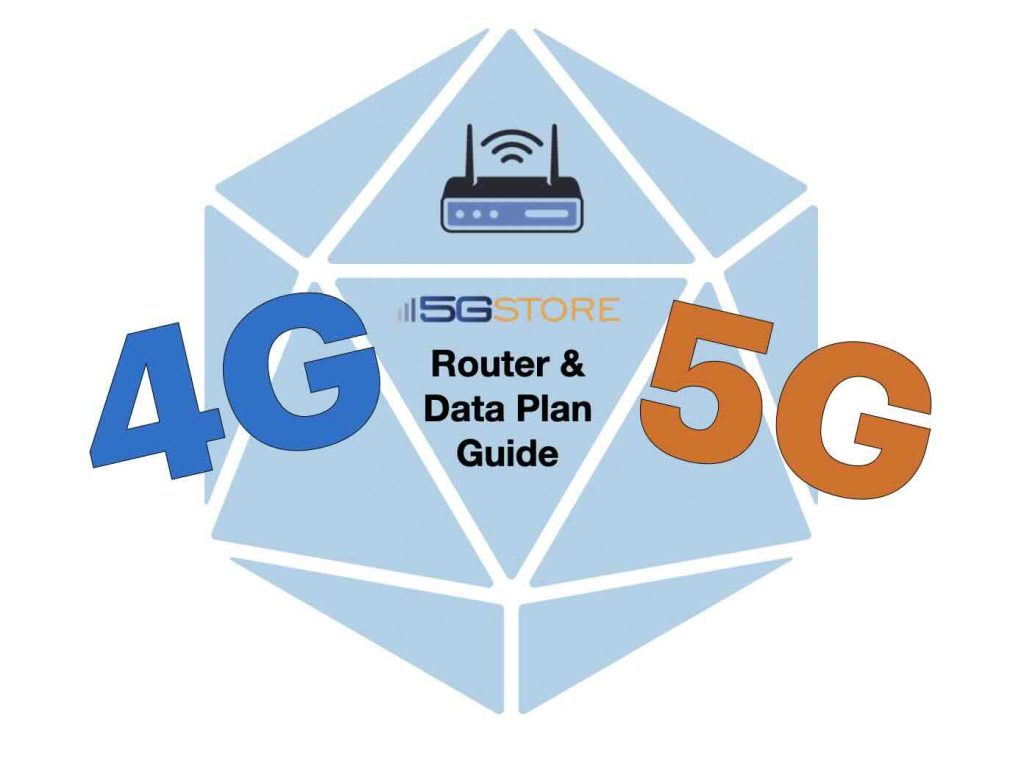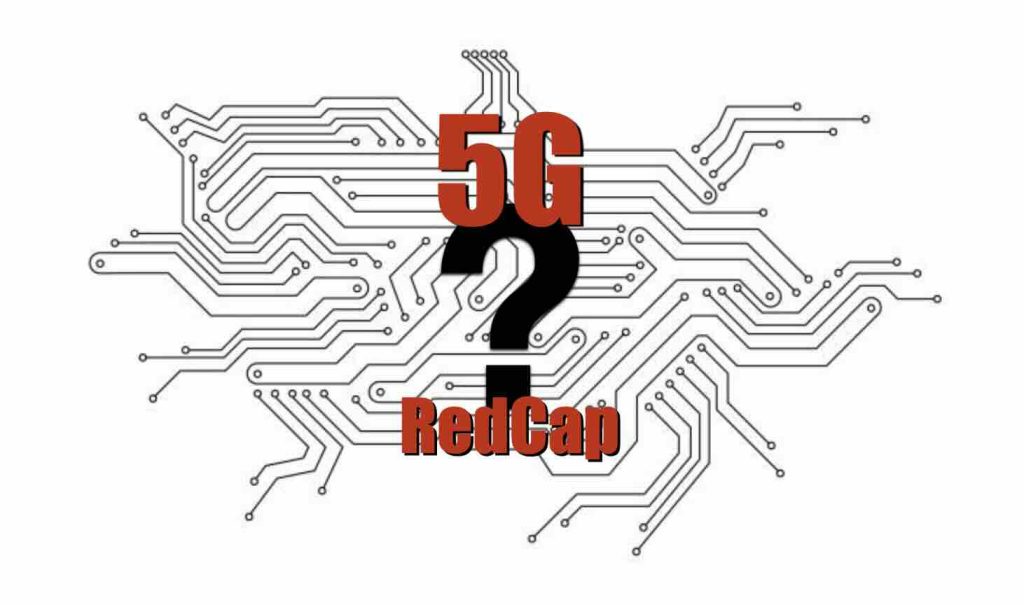In today’s rapidly evolving digital landscape, the demand for high-speed, reliable, and secure internet connectivity is paramount across various industries. The Teltonika RUTM50 emerges as a robust solution, offering cutting-edge 5G capabilities tailored to meet the diverse needs of modern enterprises. This article delves into the features, applications, and benefits of the Teltonika RUTM50, highlighting its pivotal […]
Tag: 5G
Peplink Max BR1 Pro 5G (MAX-BR1-PRO-5GN-T-PRM)
In the rapidly evolving landscape of wireless connectivity, the Peplink MAX BR1 Pro 5G router has emerged as a top-tier solution, catering to diverse industries and applications. Recognized as the top-selling 5G router at 5Gstore in 2024, its robust features and versatile functionalities have set it apart in the competitive market. The Peplink model number is: […]
Introducing Teltonika Networks: A New Connectivity Solution at 5Gstore.com
At 5Gstore.com, we are excited to introduce Teltonika Networks, a globally recognized leader in IoT technology and industrial networking solutions. With over 25 years of experience, Teltonika has deployed more than 30 million devices across 26 countries, earning the trust of 10,000 partners worldwide. Their commitment to innovation and reliability makes them a perfect addition […]
4G/5G Routers and Antennas: Will 2025 Tariffs Drive Up Prices?
UPDATED as of June 16, 2025 Due to recent changes caused by tariffs and unknowns, 5Gstore has decided to temporarily stop selling PCtel antennas and cables. We will continue to update customers as more information is gathered. Thank you for your understanding! After a chat with our friends at Mobile Mark, they have confirmed they […]
5G Signal Strength: What Do Signal Bars Really Mean?
5G has proven to be a reliable Internet service, offering faster internet speeds, lower latency, and a more reliable connection. However, as many users experience, 5G signal strength can vary greatly depending on the location, network conditions, and the device being used. If you’ve ever wondered what those signal bars on your phone really mean […]
Samsung and UScellular Improve 5G Fixed Wireless Access in the Mid-Atlantic
Advancing 5G Connectivity with Cutting-Edge Solutions Samsung Electronics and UScellular have taken a major step forward in enhancing 5G Fixed Wireless Access (FWA) services in the Mid-Atlantic region. Through the deployment of Samsung’s 5G mmWave technology and virtualized Radio Access Network (vRAN) solutions, UScellular is significantly improving its network performance, delivering high-speed, low-latency connectivity to […]
Peplink MAX HD4 MBX 5G – Boosted by Qualcomm® x65 modems
Peplink is always working to stay ahead of the curve when it comes to their cellular solutions. It’s no surprise that they’re continuing to evolve their MBX hardware line, starting with the HD4. The HD routers are known as Peplink’s multi-cellular gigabit mobile powerhouse, offering a fanless design that ensures reliability in high-particle environments where […]
Ookla’s Speedtest Report: Outstanding Mobile Connectivity Performance in the U.S. (2H 2024)
It’s finally here. The latest Speedtest Connectivity Report from Ookla. Once again, we get to see how our major cellular carriers stack up against each other. This particular mobile connectivity report provides an in-depth analysis of network performance across the United States for the second half of 2024. Based on millions of consumer-initiated tests, the […]
Ultimate Guide to 4G and 5G Data Plans and Routers for Seamless Connectivity
There’s no doubt that the demand for fast and reliable internet continues to rise. Many individuals and businesses are turning to 5G data plans and routers as a viable alternative to traditional wired and satellite services. Whether for primary internet access or failover solutions, 4G and 5G routers provide flexibility, mobility, and strong connectivity. In […]
What is 5G RedCap and Why Does it Truly Matter?
As 5G continues to evolve, a new innovation known as 5G RedCap (short for “reduced capabilities”) is poised to play a pivotal role in expanding the reach and versatility of 5G networks. Introduced in the 3GPP’s Release 17, RedCap aims to address the needs of mid-tier IoT applications by providing a cost-effective, power-efficient alternative to […]

